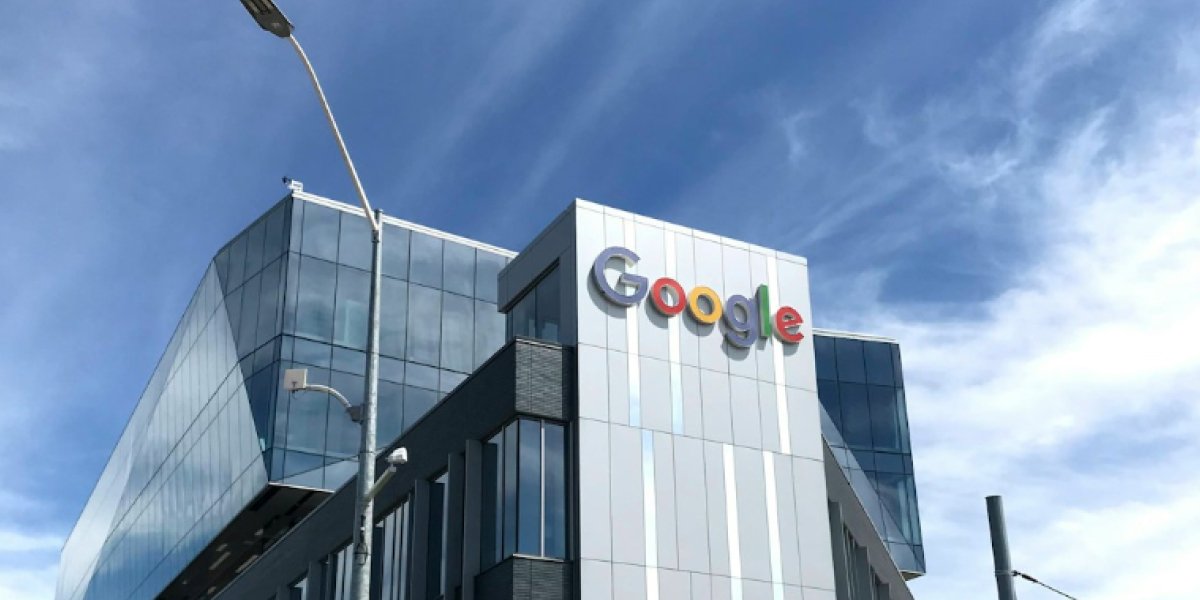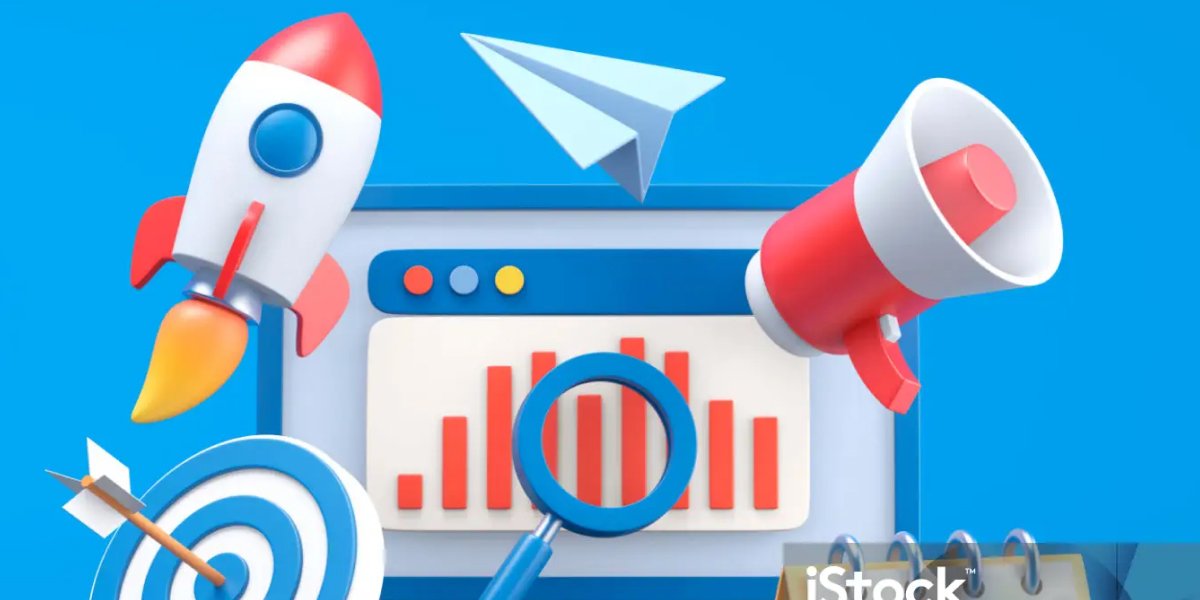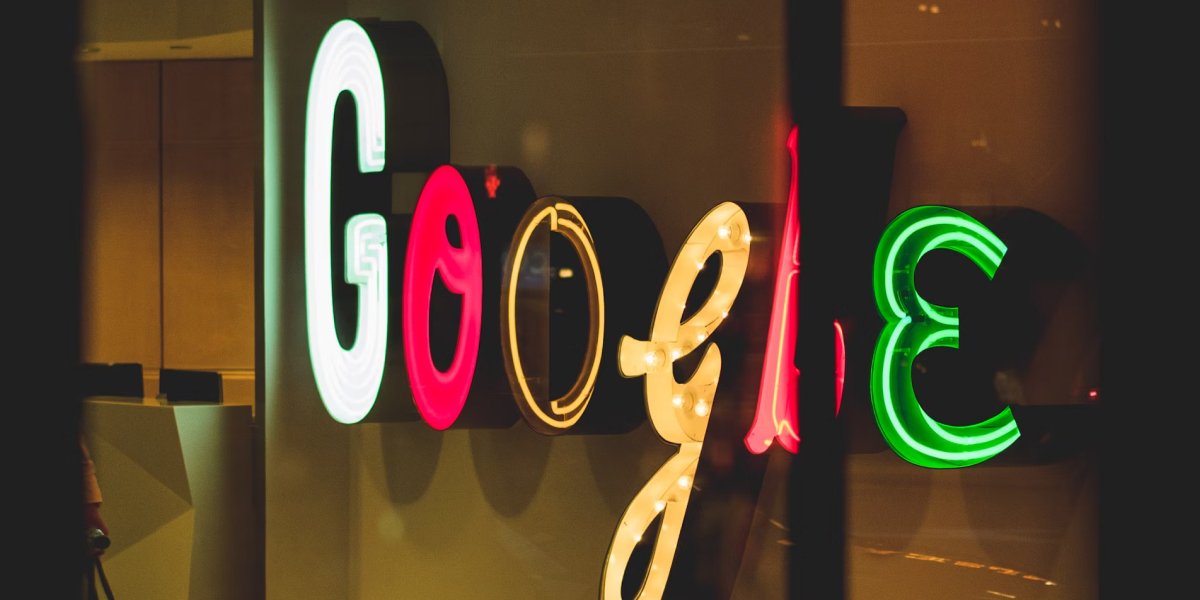How Much Does Google Ads Cost in 2025?
Google Ads remains one of the most powerful tools in the digital marketing arsenal. With its ability to drive targeted traffic and conversions, it’s no surprise that small business owners, entrepreneurs, and digital marketers continue to rely on it to grow their brands.
But as we move into 2025, the cost of Google Ads is evolving alongside digital marketing trends. Whether you’re an experienced advertiser or new to PPC, understanding how Google Ads costs are calculated and optimizing your ad spend is essential for maximizing your return on investment (ROI).
This guide will help you understand the latest Google Ads costs, key factors influencing pricing, and effective budgeting strategies. Stay tuned as we explore expert tips, case studies, and insights to optimize your campaigns for success in 2025.

Why Google Ads is Essential for Small Businesses in 2025
Google Ads is a game-changer for small businesses. With over 8.5 billion daily searches, Google remains the world’s dominant search engine and provides unparalleled visibility for businesses that utilize PPC advertising. Here are a few highlights of why Google Ads is crucial for small businesses in 2025:
- Leveling the Playing Field
With tailored campaigns and precise targeting options, small businesses can effectively compete against larger organizations, ensuring their ads reach the right audiences.
- High Conversion Potential
Paid search campaigns with Google can deliver warm leads by targeting users already searching for services or products similar to what your business offers.
- Flexible Budget Options
Google Ads allows you to control how much you spend, making it accessible to businesses with varying advertising budgets.
According to recent data, businesses on average make $8 for every $1 spent on Google Ads, making it a worthwhile investment for businesses willing to strategize and optimize.

Google Ads Costs in 2025 – What’s New?
One of the top questions digital marketers have is, “How much does Google Ads costs in 2025?” The answer lies in several factors, including industry, competition, and evolving advertising trends.
Updated Cost Benchmarks
While ad spend depends on your specific campaign and industry, here’s an overview of average cost per click (CPC) benchmarks for 2025:
- Legal Services: $10–$15 per click
- Insurance: $5–$9 per click
- E-commerce: $1–$4 per click
- Home Services: $4–$6 per click
- Healthcare and Medical: $3–$5 per click
These benchmarks are slightly higher than in previous years due to increased competition in industries like e-commerce and healthcare.

Evolving Trends Influencing Costs
Several digital marketing trends in 2025 are shaping the cost of Google Ads:
- AI-Driven Bidding Strategies
Tools like Google’s Performance Max use machine learning to allocate ad spend across multiple channels, increasing efficiency but also creating more competition for top placements.
- Mobile-First Advertising
With 70% of searches taking place on mobile devices, ads are increasingly tailored for mobile viewing, which can affect bidding strategies and demand.
- Higher Competition
More businesses are advertising online than ever before, raising CPC across industries.

What Influences Google Ads Costs?
1. Market Competition
The more competitive your industry, the higher your ad costs. Niching down your campaigns or targeting low-competition keywords can help lower your expenses.
2. Bidding Strategy
Your bidding approach—whether you choose manual bidding or automated bidding—directly impacts ad costs. While automated bidding strategies save time and optimize performance, they may sometimes increase costs for highly competitive keywords.
3. Quality Score
Google rewards ads with high relevance and strong quality scores by providing lower CPC rates. Focus on creating highly engaging ad copy and landing pages to improve this score.
4. Geographic Targeting
Specific geographic locations may come with higher CPC due to market competition. For example, targeting major urban centers like New York often costs more than smaller rural areas.
5. Search Intent
The nature of the keywords you target also has a big impact. Branded keywords (e.g., “Nike running shoes”) tend to have higher CPC but better conversion rates, while generic searches (e.g., “best running shoes”) might result in lower conversions.

Top Tips to Optimize Your Google Ads Budget in 2025
Budgeting for Google Ads campaigns in 2025 doesn’t have to break the bank. Here are some strategies to keep your campaigns cost-effective and high-performing:
Define Your Target Audience
Use demographic, geographic, and behavioral data to create precise campaigns that only target people likely to convert.
Leverage Ad Extensions
Make your ads more valuable by adding sitelinks, call extensions, and structured snippets. These provide additional information to searchers without increasing CPC.
Focus on Long-Tail Keywords
Instead of hyper-competitive short-tail keywords, target long-tail keywords like “affordable running shoes for beginners” to lower CPC while maintaining relevance.
A/B Testing
Test different ad creatives, headlines, and calls to action to determine what resonates with your audience. Shift your budget toward the highest-performing ads.
Use Smart Campaign Tools
Take advantage of AI-driven tools like Google’s Performance Max Campaigns, which automate ad targeting and help allocate budget to the most effective areas.
Continuous Monitoring and Optimization
Regularly review your campaign performance in Google Ads Manager. Look at metrics like click-through rate (CTR) and conversion rate to identify opportunities for improvement.
Small Business Success Stories with Google Ads
Here are inspiring examples of small businesses that have effectively used Google Ads to achieve tangible results:

Case Study 1: Local Bakery in Omaha
By targeting local keywords, this bakery saw a 30% increase in online orders within three months. They achieved a 20% reduction in cost per conversion by using geo-targeted campaigns.
Case Study 2: Luxe Pet Supplies
Focusing on long-tail keywords, Luxe Pet Supplies increased website traffic by 40% while lowering the average CPC by 20%. This e-commerce store became a national brand using tailored campaigns.
Case Study 3: Austin Landscaping Company
This business used geo-targeting and optimized landing pages to achieve a 25% increase in inquiries and a 20% growth in bookings, demonstrating the power of aligning ads with user intent.

Unlock Your Digital Potential With Google Ads
By understanding Google Ads costs in 2025 and optimizing your ad budget, your business can stay competitive in an increasingly crowded digital marketplace. From knowing the factors influencing ad costs to applying cost-effective strategies, the key is preparation, persistence, and data-driven decision-making.
Unlock Your Google Ads Potential Today! Experiment with your next campaign or connect with a digital marketing expert for personalized insights. Start maximizing your ROI and watch your business grow.


